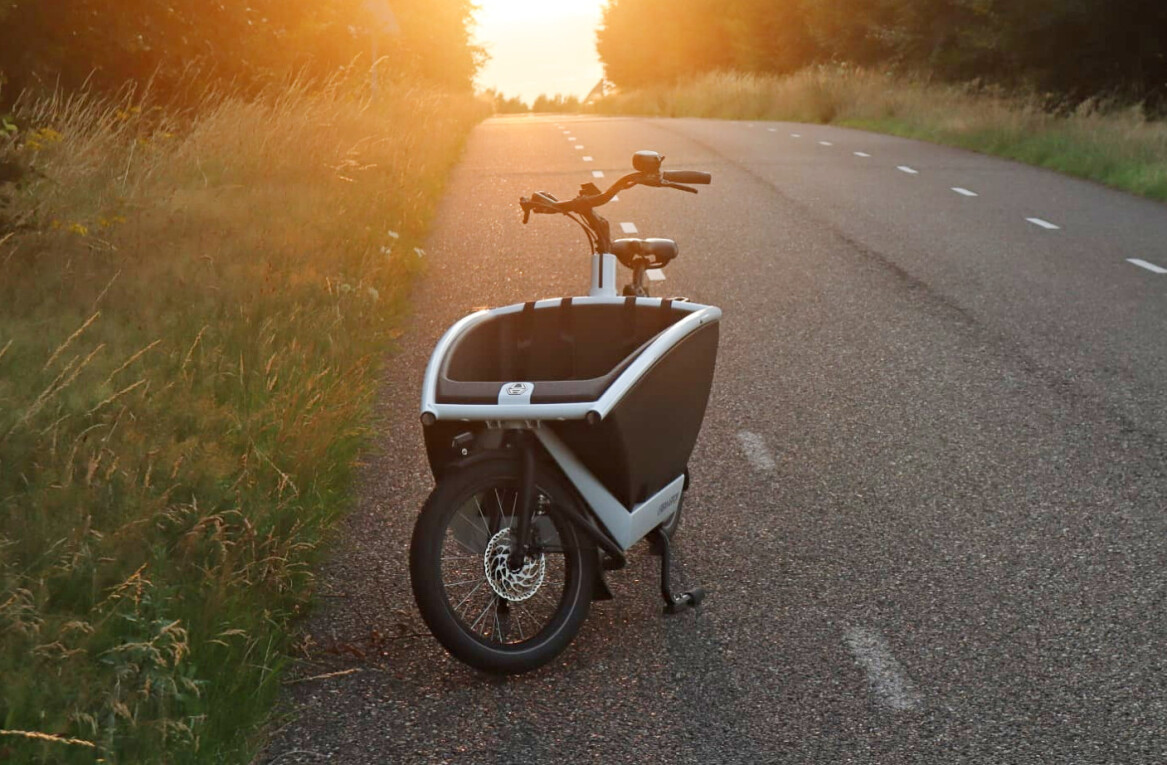This article was written by Pierre Regnier on The Urban Mobility Daily, the content site of the Urban Mobility Company, a Paris-based company which is moving the business of mobility forward through physical and virtual events and services. Join their community of 10K+ global mobility professionals by signing up for the Urban Mobility Weekly newsletter. Read the original article here and follow them on Linkedin and Twitter.
The Business of Mobility is an Urban Mobility Company series highlighting some of the most successful new businesses in the mobility sector. Featuring a closer look at the way in which companies stand out, CEOs, Directors and other c-level executives elaborate on what it takes to turn a great idea into a great company.
Pierre Regnier, CEO of Velco, explains how Velco is working with both operators and manufacturers to improve the functionality of micromobility and help clients build long-term relationships with end-users
A bike theft turned lemons into lemonade
In 2016 I was doing my internship in Paris. As transport was expensive, I was using my bike to get around. One day after leaving the office, I came outside to find my bike had been stolen. The sinking feeling of loss was replaced by inspiration when that night I watched a TV show about the invention of a connected wallet to prevent theft and loss.
I then got together with two friends from Audencia Business School (Johnny Smith and Romain Savouré) where we had been studying, and so began our quest to use IoT to improve the micromobility experience.
Getting a handle on innovation
In 2019 we launched the Wink Bar, a handlebar for ebikes with telematics embedded. The Wink Bar boasted some unique innovations, like headlights that turn on automatically in the dark and a navigation system with flashing lights to tell riders when to turn left or right. Our experience in creating the Wink Bar exposed us to developments in the urban mobility industry, with data and connectivity becoming increasingly important.
From the Wink Bar to Nuotrax and Onitrax
We realized that we needed telematics not just for e-bikes but for escooters, emopeds and other micromobility. So, we introduced Onitrax (a small plug-in telematics device) mainly for e-scooters and emopeds and re-designed and rebranded the Wink Bar as Nuotrax. Our clients like the integrated design of Nuotrax, which also has the advantage of a quick and simple retrofit. Bike technicians are not having to fit telematics, with the complications of casing and electronics, they’re simply fitting a handlebar.
IoT for three key improvements in urban mobility
Single-car ownership is on the way out as cities encourage electric powered micromobility, which will improve traffic flow and reduce emissions. It’s therefore vital for mobility businesses to match the advantages of car ownership and encourage commuters to make the switch. IoT (the Internet of things) is what’s driving the new mobility revolution as MaaS (mobility-as-a-service) and SaaS (software-as-a-service) turn transport vehicles into platforms of ever-improving utility.
Our mission is to use telematics and SaaS to improve micromobility in three key areas: anti-theft, safety and maintenance. As Johnny Smith (our CMO) put it: “Our aim is to accompany clients by creating value from the data collected and transforming it into high value-added services for your company and users.” The functionality is virtually limitless, both for the operator and the end-user. Operators can track maintenance needs, user flows, average distance traveled, etc. Users can track CO2 savings, geolocate their bike, be warned of potential theft incidents, etc.
Serving operators and manufacturers
Our relationship with Véligo, the world’s largest long-term ebike rental company, has given us a valuable insight into how the industry is developing, with both operators and manufacturers wanting to build a long-term relationship with users. IoT has become a powerful tool for marketing and CRM (customer relationship management) purposes.
While our telematics for operators and manufacturers is the same, we differentiate on our SaaS offering: Velco Fleet for operators and Velco OEM for manufacturers. These are white label apps that can be modified to meet the client’s specific needs and are aimed at improving the customer experience.
The changing business of e-bike OEMs
Currently ebike manufacturers are struggling to keep up with consumer demand. This is one reason profit margins on e-bikes are relatively high compared to cars, but this will change as the market matures. Ebike manufacturers will emulate the automotive industry in their business model, exploring annuity revenue potential for servicing, maintenance, financing and added features that come with the connectivity and data-collection capabilities of telematics.
Customers want a hassle-free, safe and consistent ride. Given how much money an ebike can save them in car ownership and other transport costs, they’re willing to pay something for the service. Ebike manufacturers can embed IoT costs in the price of the bike for the first three years and then offer those services at a small monthly fee (e.g. 30 Euro) after that. These services can include proactive and predictive maintenance, battery replacement, anti-theft tracking, accident rescue, etc. The manufacturer can thus guarantee a seamless service, with minimal downtime. Customer features and functionalities will be added as the technology grows and improves.
The future of micromobility
No-one can be exactly sure where the Fourth Industrial Revolution is taking us. Just like no one predicted how smartphones would turn into platforms for independently designed apps, we cannot be sure how IoT will improve micromobility. It’s possible that in the next ten to fifteen years micromobility will become autonomous, with all devices and vehicles connected as a way of eliminating traffic accidents.
For now, we will continue to work with operators and manufacturers in laying the foundations of better, cleaner, mobility patterns.
Do EVs excite your electrons? Do ebikes get your wheels spinning? Do self-driving cars get you all charged up?
Then you need the weekly SHIFT newsletter in your life. Click here to sign up.
Get the TNW newsletter
Get the most important tech news in your inbox each week.






